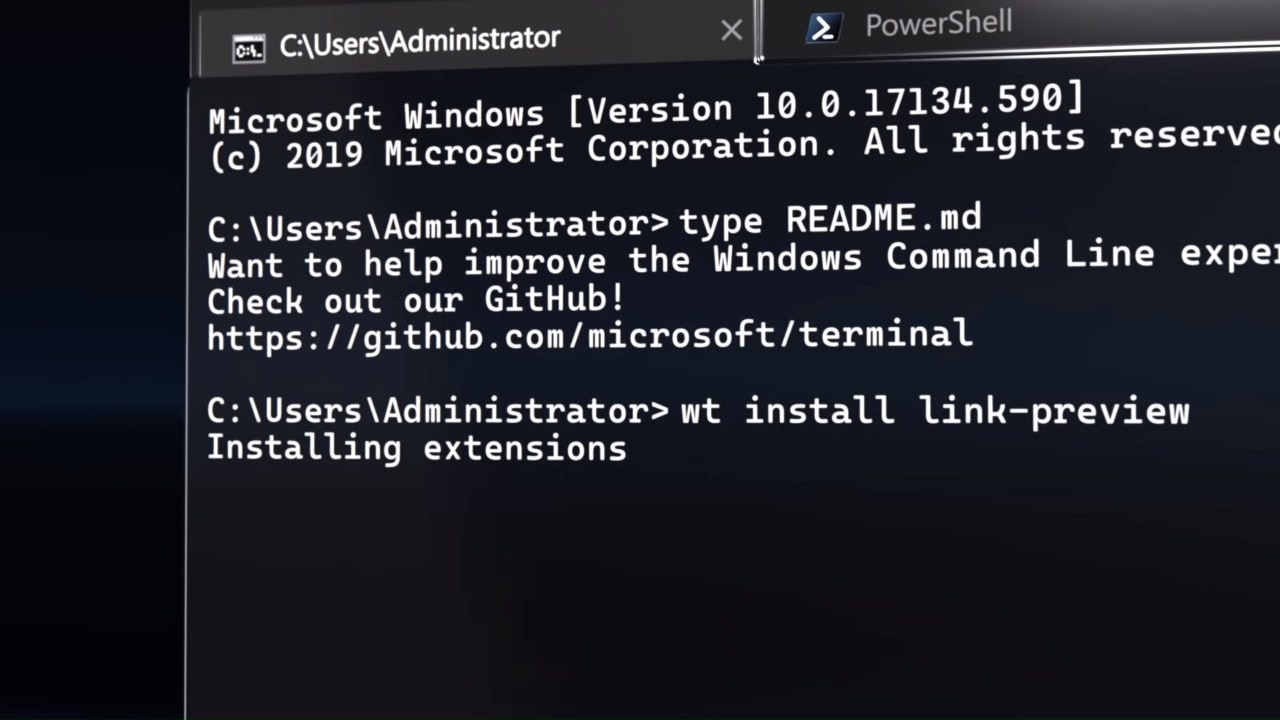

It's fast, modern, and configurable thanks to its GPU-accelerated rendering, excellent UTF-8 support, and JSON-based configurability, and this book can help you learn how to leverage these features. Windows Terminal is a new and open-source command-line application for Windows 10, built for the Command Prompt, PowerShell, Windows Subsystem for Linux, and more.
Use PowerShell and WSL2 efficiently to build, test, and deploy applications. Work effectively on the command line with split panes, hotkeys, and automation. Customize and optimize your Windows Terminal and its shells. This is an early preview of the app and Microsoft says that the final public version or Windows Terminal 1.0 will be coming out in winter.Become an efficient command-line expert by harnessing the power of the new Microsoft Windows Terminal, and learn time-saving tricks for PowerShell, WSL2, and more Key Features This means if you have configured the Terminal app to run the PowerShell or a Linux command line, separate shortcuts can be assigned to them.Īlthough Windows Terminal is available on Windows 10, you will have to ensure that you’re running the latest build (18362.0 or higher). Custom key binds can also be added so that you can launch a user-customised config. To change the configuration of the terminal, you will have to play around with a JSON file to add the customisations since the app is still in its early preview. 
You can add your own background images to the terminal window as well. Additionally, you’ll also find support for Unicode and UTF-8 characters and a DirectX-based GPU accelerated text rendering engine. Microsoft has made it highly customisable so that developers can tweak around with it as per their needs. It supports multiple tabs, emojis, and themes. For some time, developers have had access to the new app since the code has been available on Github for a while. The highlight about the new Windows Terminal app is the convergence of the command line, PowerShell and Windows Subsystem for Linux (WSL), all in one app.






 0 kommentar(er)
0 kommentar(er)
